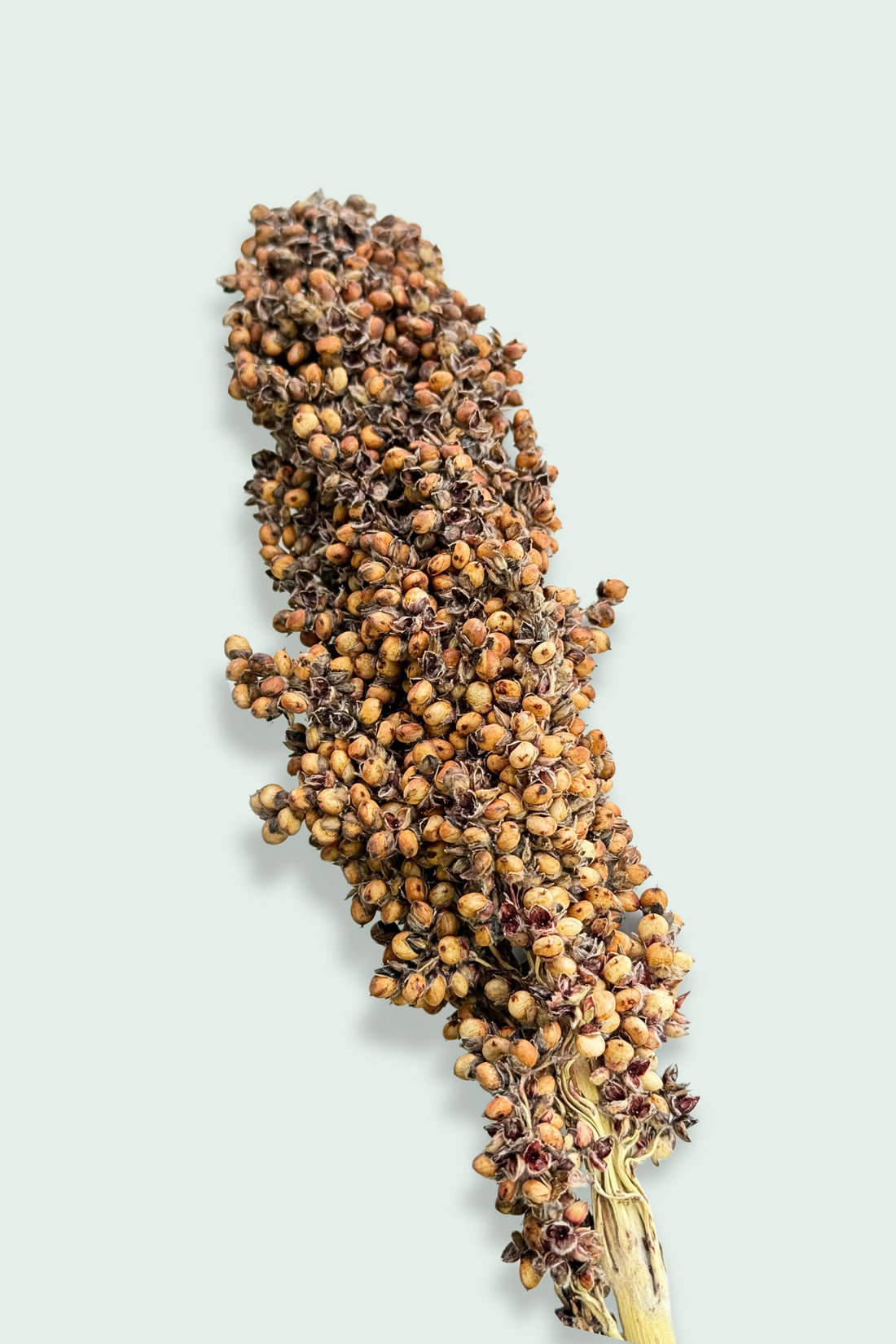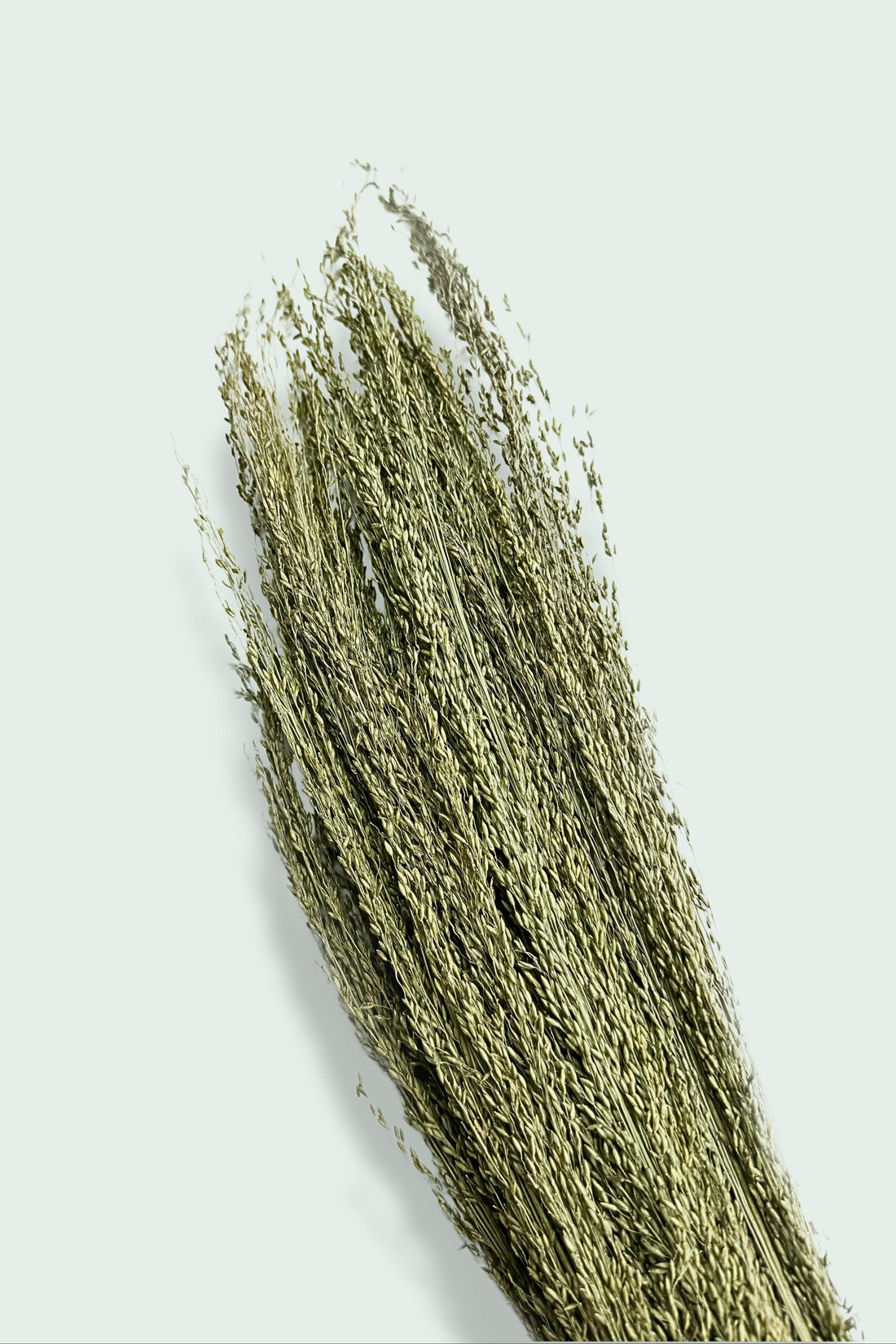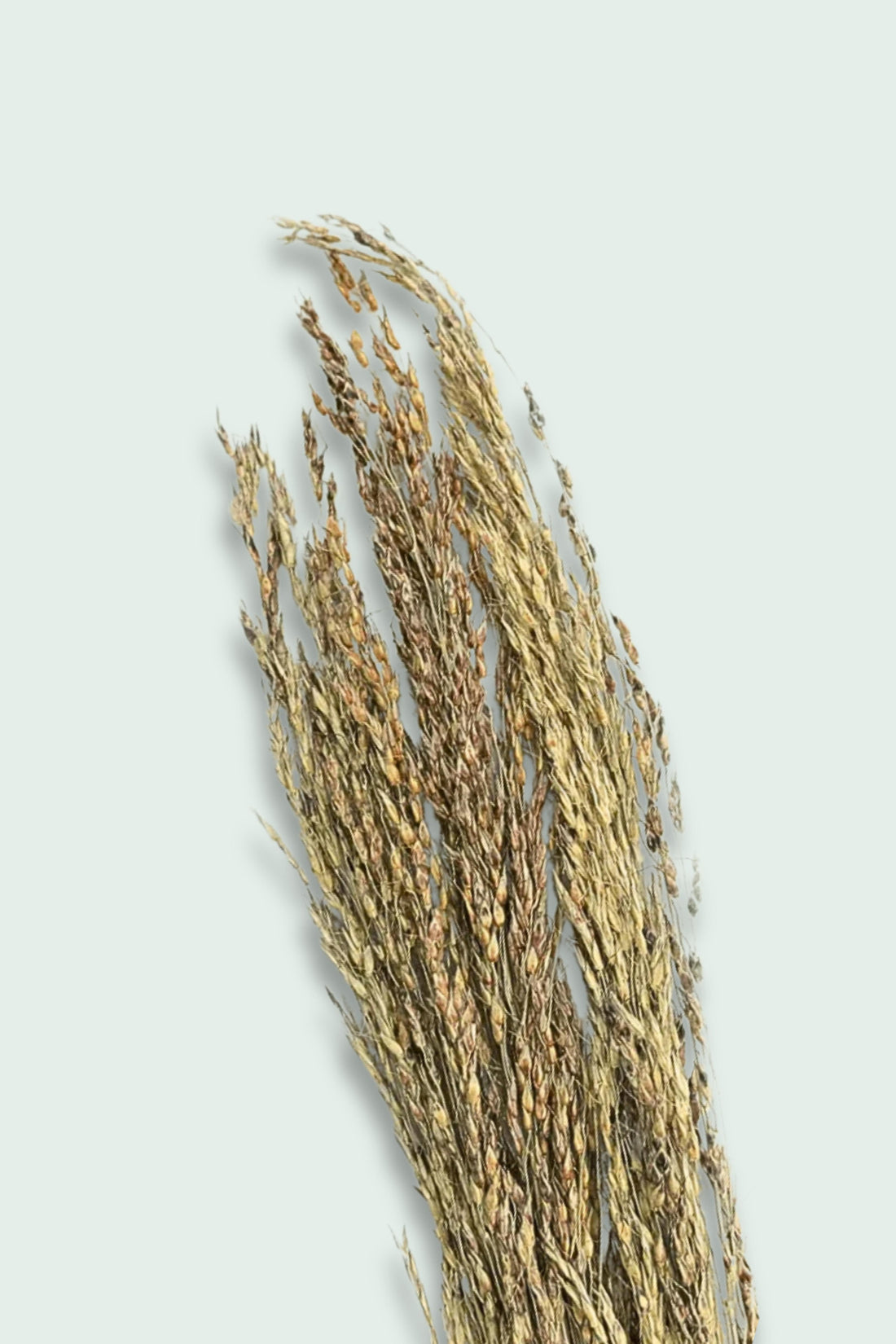Guinea pigs—also known as cavies—are one of the most beloved small pets worldwide. With their gentle personalities, endearing squeaks, and curious nature, it’s no surprise that so many families are choosing guinea pigs as their household companions.
Whether you’re searching for guinea pigs for sale near me, researching the best cages, or just learning about their daily needs, this guide covers everything you need to know about keeping guinea pigs healthy, happy, and thriving.
All About Guinea Pigs
Originating from South America, guinea pigs have been domesticated for thousands of years. Today, they come in many breeds, including the long-haired Peruvian cavy, the curly-coated Texel, and the smooth American guinea pig. Some, like skinny pigs (hairless guinea pigs), are more unusual but are gaining popularity as unique pets.
Fun fact: Despite their name, guinea pigs are neither pigs nor from Guinea—they’re rodents from the Andes region.
Why Guinea Pigs Make Great Pets
Guinea pigs are often described as one of the most adorable and rewarding small pets you can bring into your home. With their gentle personalities, curious nature, and unmistakable squeaks, it’s no wonder families all over the world fall in love with them. But beyond being cute, guinea pigs have many qualities that make them ideal companions—especially for first-time pet owners.
Adorable and Sociable
Few experiences compare to being greeted by the sound of cute guinea pigs wheeking excitedly when they hear the rustle of a food bag. Their playful expressions, soft fur, and affectionate personalities make them endlessly entertaining. Unlike some small pets that prefer solitude, guinea pigs are naturally social animals that love to interact with humans and their fellow cavies.
Gentle and Easy to Handle
Guinea pigs are known for being gentle and less likely to bite compared to other rodents like hamsters or gerbils. With patience and regular handling, most guinea pigs enjoy gentle strokes and cuddles, making them safe and suitable companions for children (under supervision). Their calm temperament also makes them great for adults who want a low-maintenance yet affectionate pet.
Daytime Companions
Unlike many small pets that are nocturnal, guinea pigs are diurnal, meaning they’re awake during the day and sleep at night. This makes them the perfect pet for families who want to interact with their animals during waking hours. Whether it’s feeding time, playtime, or simply watching your guinea pigs explore, you’ll always find them active when you’re around.
Social Animals Who Thrive in Pairs
Guinea pigs are herd animals by nature and should never be kept alone. They thrive best in pairs or small groups, where they can communicate, groom each other, and share companionship. Keeping two guinea pigs is strongly recommended, as a lonely guinea pig can easily become stressed or depressed. Watching their interactions—such as chasing, squeaking, or cuddling—is one of the most delightful aspects of guinea pig ownership.
Perfect for Families and First-Time Pet Owners
For families looking for a first pet, or individuals who want companionship without the high demands of dogs or cats, guinea pigs are an excellent choice. They don’t require long walks, but they do need love, care, and a stimulating environment. With proper housing, a good diet, and safe enrichment (like forage mixes and chews), guinea pigs can live 5–7 years or more, becoming a long-term part of your family.
Housing: Guinea Pig Cages and Enclosures
One of the most important aspects of keeping guinea pigs is providing them with the right living space. Guinea pigs are active, social animals that need plenty of room to run, explore, and interact. Unfortunately, many of the “starter cages” marketed for guinea pigs in pet shops are far too small and can lead to boredom, stress, and even health issues.
Why Space Matters
In the wild, guinea pigs roam large grassy areas, constantly foraging and moving about. When kept as pets, they require an enclosure that allows them to display these natural behaviors. A cramped cage can cause obesity, stress, and a lack of mental stimulation. Providing adequate housing is one of the first steps in ensuring your guinea pigs live long, happy lives.
The Best Guinea Pig Cages
C&C Cages – The Gold Standard
C&C cages (Cubes & Coroplast) are widely regarded as the best cages for guinea pigs. They are modular, meaning you can build them to suit your space and expand as needed. The coroplast base is easy to clean, while the cube grids provide excellent ventilation. Most importantly, C&C cages offer the large floor space guinea pigs need to thrive.
-
Highly customizable in size and shape.
-
Affordable compared to pre-made “small animal cages.”
-
Spacious enough to add hides, tunnels, and accessories for enrichment.
Kavee Cages and Other Large Enclosures
If DIY isn’t for you, brands like Kavee Pets offer pre-made C&C-style cages designed specifically for guinea pigs. These enclosures are roomy, sturdy, and come in attractive designs that fit well into a home setting. Other large wooden or DIY setups can also work well, as long as they meet the minimum space requirements.
What to Avoid
-
Plastic-bottom cages sold in pet shops – These are usually marketed as “guinea pig cages” but are much too small for healthy living.
-
Tall cages with multiple levels – Unlike hamsters or rats, guinea pigs don’t climb. They need floor space, not vertical height.
-
Wire-bottom cages – These can injure guinea pigs’ sensitive feet and should always be avoided.
Minimum Space Requirements
The absolute minimum cage size for two guinea pigs is around 120 x 60 cm (about 4 x 2 feet), but bigger is always better. A larger enclosure allows for:
-
Running and “popcorning” (joyful jumps guinea pigs do when excited).
-
More enrichment and toys.
-
A healthier, more natural lifestyle.
Many owners opt for C&C cages that can easily be expanded to 5x2 or 6x2 grid sizes, giving guinea pigs the space they truly deserve.
Enrichment: Making a House a Home
A cage isn’t just four walls and a base—it’s your guinea pig’s entire world. To keep them happy, it’s essential to include enrichment and accessories such as:
-
Tunnels, hides, and chew toys.
-
Forage scatterings, like flower mixes, to encourage natural searching behavior.
👉 At Moony Paw, we stock safe and fun guinea pig accessories that help transform a basic cage into a stimulating and comfortable home. From chew toys to natural forage, our items are designed to enrich your guinea pig’s daily life.
Feeding Guinea Pigs: What They Eat
A proper diet is the cornerstone of a guinea pig’s health, happiness, and longevity. Because guinea pigs have delicate digestive systems, feeding them correctly is one of the most important responsibilities of ownership. Many new pet parents ask, “What do guinea pigs eat?” or search for “feeding guinea pigs”—so let’s break down the essentials of a balanced guinea pig diet.
Hay (≈80% of the Diet) – The Essential Staple
Unlimited hay should always be available, as it forms the majority of a guinea pig’s diet. Timothy hay, meadow hay, or orchard grass are all excellent choices.
-
Digestion – High-fiber hay keeps the gut moving, preventing issues like bloat or stasis.
-
Dental health – Constant chewing helps naturally wear down their ever-growing teeth, preventing painful dental overgrowth.
-
Enrichment – Hay encourages natural foraging behavior, giving guinea pigs something to nibble on throughout the day.
💡 Pro Tip: Refresh hay daily and offer it in multiple spots (hay racks, bedding areas, or scatter feeding) to encourage activity.
Fresh Vegetables (≈15% of the Diet) – Daily Variety
Vegetables are a crucial part of your guinea pig’s nutrition, providing vitamin C, hydration, and variety. Since guinea pigs cannot produce their own vitamin C, fresh veg is essential.
Good daily options include:
-
Leafy greens: romaine lettuce, coriander, spring greens.
-
Vitamin C–rich veggies: bell peppers (all colors), kale (in moderation).
-
Occasional extras: cucumber, celery, or zucchini.
Avoid: iceberg lettuce (low nutrition, can cause diarrhea), onions, garlic, and anything starchy like potatoes.
Serving Tip: Aim for a cup of fresh vegetables per guinea pig per day, spread across two feedings for better digestion.
Pellets (≈5% of the Diet) – Small but Important
High-quality pellets are a helpful supplement but should never replace hay or fresh vegetables.
-
Choose plain, high-fiber guinea pig pellets without seeds, nuts, or colorful additives.
-
Look for fortified pellets that contain added vitamin C.
-
Feed about ⅛ cup per guinea pig daily, adjusting for body condition and weight.
Treats (Occasional) – For Enrichment and Bonding
Treats are not a necessity but they play a big role in bonding, training, and enrichment. The key is choosing natural, safe options that add variety without upsetting digestion.
Great options include:
-
Forage mixes – blends of flowers, leaves, and herbs that mimic natural grazing.
-
Sprays and grains – such as oat sprays or millet, which encourage foraging and chewing.
-
Natural chews – like apple wood sticks for dental health.
💡 Treats should make up no more than 5% of the diet. Think of them as the “dessert course”—fun and enriching, but not the main meal.
Foods to Avoid ❌
Guinea pigs have very sensitive stomachs, so some foods can be dangerous or even fatal. Never feed your guinea pig:
-
Iceberg lettuce (causes diarrhea).
-
Onions, garlic, leeks, or chives (toxic).
-
Chocolate, caffeine, or sweets.
-
Processed human food (bread, crackers, cereal, chips).
-
Dairy products (they are lactose intolerant).
-
Seeds and nuts (choking hazard and too fatty).
Hydration
Fresh, clean water should always be available, ideally in a bottle or a heavy ceramic dish. Check daily to ensure bottles aren’t clogged and bowls aren’t tipped over.
Summary Feeding Plan 🥗
-
Unlimited hay – always available.
-
1 cup of vegetables per piggy per day.
-
⅛ cup of pellets daily.
-
Treats – a few times a week for variety and bonding.
👉 For safe, natural enrichment snacks, check out Moony Paw’s Guinea Pig Collection, where every product is carefully selected to be sugar-free, safe, and species-appropriate. From flower mixes to sprays and chews, you’ll find everything you need to make your guinea pig’s diet healthy and exciting.
Taking Care of Guinea Pigs: Daily Needs
Caring for guinea pigs goes beyond feeding. They have unique needs that ensure they live long, happy lives:
-
Space to Run – Exercise is crucial. Floor time outside their cage gives them freedom to explore.
-
Companionship – Guinea pigs are herd animals and should never be kept alone. Consider adopting a pair from a rescue.
-
Enrichment – Provide chews, tunnels, hides, and forage toys to prevent boredom.
-
Regular Grooming – Long-haired breeds like the Peruvian cavy need frequent brushing. Bathing guinea pigs is rarely necessary (and stressful for them), except in medical situations.
-
Health Monitoring – Weigh them weekly and check teeth, nails, and overall condition.
👉 For all your enrichment and comfort needs, browse Moony Paw’s Accessories.
Cute and Adorable Guinea Pigs
One reason guinea pigs are so popular is simple: they’re irresistibly cute. From their little noses to their curious squeaks, guinea pigs are often described as adorable pets that brighten any home.
Social media is full of cute guinea pigs videos—many featuring stylish cages, themed play areas, or even “HayPigs” circus-style toys. But remember, while aesthetics are fun, guinea pigs’ health and comfort should always come first.
At Moony Paw, we believe guinea pigs deserve both—natural beauty and safe enrichment. That’s why our treats and forage look as good as they taste, creating Instagram-worthy setups that are also good for your piggy’s health.
Where to Get Guinea Pigs
If you’re considering bringing guinea pigs into your life, you may be tempted to search “guinea pigs for sale near me” or “pets4homes guinea pigs.” While you can find breeders and shops, many guinea pigs also need new homes through rescues and adoption groups.
-
Adoption first – Consider fostering or adopting from small animal rescues. Many have healthy guinea pigs waiting for homes.
-
Breeders and shops – If you buy, ensure the seller is reputable and caring. Avoid places that keep guinea pigs in poor conditions.
-
Special breeds – Searches like “skinny pigs for sale” or “Swiss guinea pigs for sale” are popular, but be sure to research their care requirements before committing.
👉 You can also check our UK Small Animal Rescue List for adoption opportunities near you.
Guinea Pigs and Other Pets
If you already share your home with dogs, cats, or other small animals, it’s natural to wonder: “Can guinea pigs live with other pets?” The answer depends on the species, the temperament of the other animal, and the precautions you take. While guinea pigs are social creatures, their safety and wellbeing should always come first.
Dogs and Guinea Pigs 🐶 + 🐹
Some dogs and guinea pigs can peacefully coexist, but this largely depends on the dog’s personality and training.
-
Calm, well-trained dogs may be able to sit quietly near guinea pigs without causing stress. Breeds with low prey drive (such as retrievers or companion breeds) are often easier to manage around small pets.
-
High-energy or hunting breeds (like terriers or sighthounds) may see guinea pigs as prey, making interactions risky.
-
Even with gentle dogs, never leave them unsupervised. A single playful paw swipe or bark could injure or frighten your guinea pig.
💡 If you do allow your dog near your guinea pigs, use a secure enclosure and reward calm behavior with treats.
Cats and Guinea Pigs 🐱 + 🐹
Cats are natural predators, and many will instinctively view guinea pigs as prey. While some cats may show little interest, others may try to stalk or swat at them.
-
Always keep guinea pigs in a secure, covered enclosure if cats are present in the home.
-
Never allow unsupervised interaction—even a curious paw through the bars could hurt your guinea pig.
-
If your cat and guinea pigs do meet, keep it brief, calm, and controlled.
👉 For peace of mind, it’s usually best to separate guinea pigs and cats into different living areas of the house.
Other Rodents and Small Pets 🐭 🐰 🐀
Although guinea pigs may seem similar to other small animals, they have very different needs and behaviors, which makes mixed housing unsafe.
-
Rabbits – While often seen as compatible, rabbits are much larger and can unintentionally injure guinea pigs. Rabbits also carry Bordetella bronchiseptica, a bacteria that is harmless to them but potentially deadly to guinea pigs.
-
Hamsters, rats, mice, and gerbils – These species have different diets, activity patterns, and territorial behaviors. Housing them together can lead to stress, injuries, or worse.
-
Other guinea pig breeds – The only safe companions for guinea pigs are other guinea pigs. Whether it’s an American, a long-haired Peruvian cavy, or a hairless skinny pig, they can coexist as long as they are properly introduced.
General Safety Tips for Multi-Pet Homes
-
Separate housing – Guinea pigs should always have their own dedicated enclosure.
-
Supervised introductions – If other pets are curious, keep introductions controlled and short.
-
Stress monitoring – Watch for signs of stress in guinea pigs, such as hiding, teeth chattering, or refusing food.
-
Prioritize guinea pig safety – Their enclosure should be escape-proof, chew-proof, and predator-proof.
✅ Bottom Line: Guinea pigs can live peacefully in multi-pet households, but they must always have their own safe space. While dogs and cats may sometimes coexist with guinea pigs under careful supervision, other rodents and rabbits should never share housing with them.
Final Thoughts: Happy, Healthy Guinea Pigs
Guinea pigs are more than just pets—they’re intelligent, social companions who thrive when given the right care. From choosing spacious C&C cages, feeding a balanced diet of hay and veggies, and adding safe enrichment, you’ll enjoy years of squeaks, popcorn jumps, and affectionate companionship.
👉 At Moony Paw, we make it easy to give your piggies the very best. Explore our full range of forage mixes, sprays, chews, and natural accessories to keep your guinea pigs healthy, happy, and endlessly adorable.






